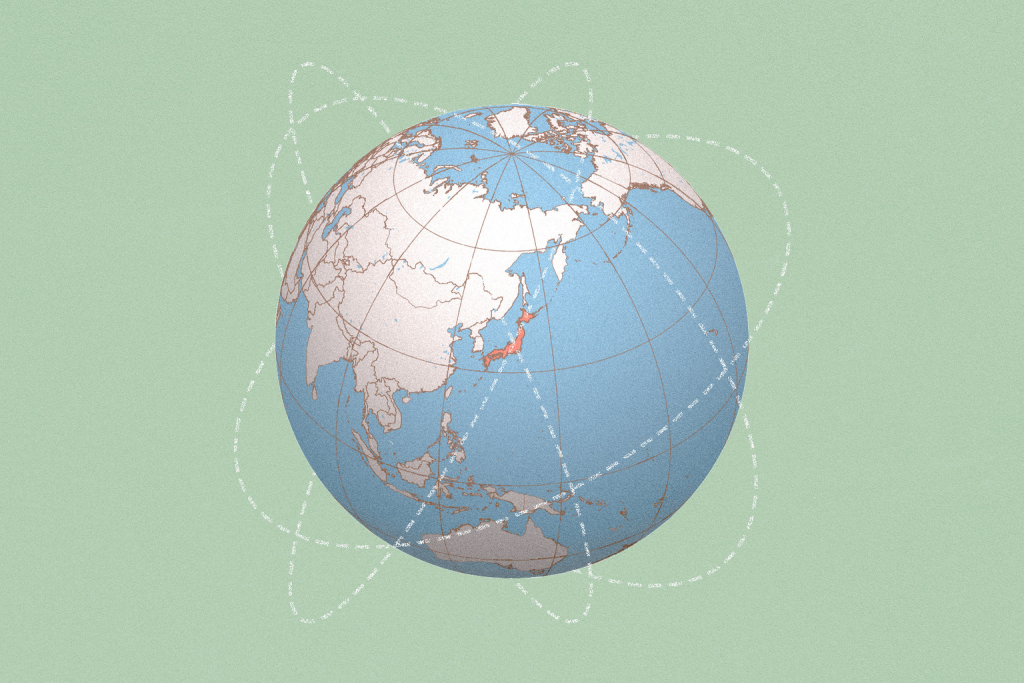The massive crash and subsequent money hemorrhage that Japan’s tourism industry suffered as a result of the Covid-19 pandemic has been well documented in countless news reports, economic analyses, interviews and think pieces.
According to statistics from the Japan National Tourism Organization (JNTO), this country was just shy of 31 million foreign visitors in 2019. It’s a number that had been increasing annually. In 2020, it was then projected to reach the 40 million-mark.
The actual figure was one-tenth of that. 2021 was worse, with only around 200,000 foreign visitors and most of them on other types of visas. 2022 was supposed to be different. So, has it been? Tokyo Weekender recently spoke to a few travel professionals in Japan to find out.
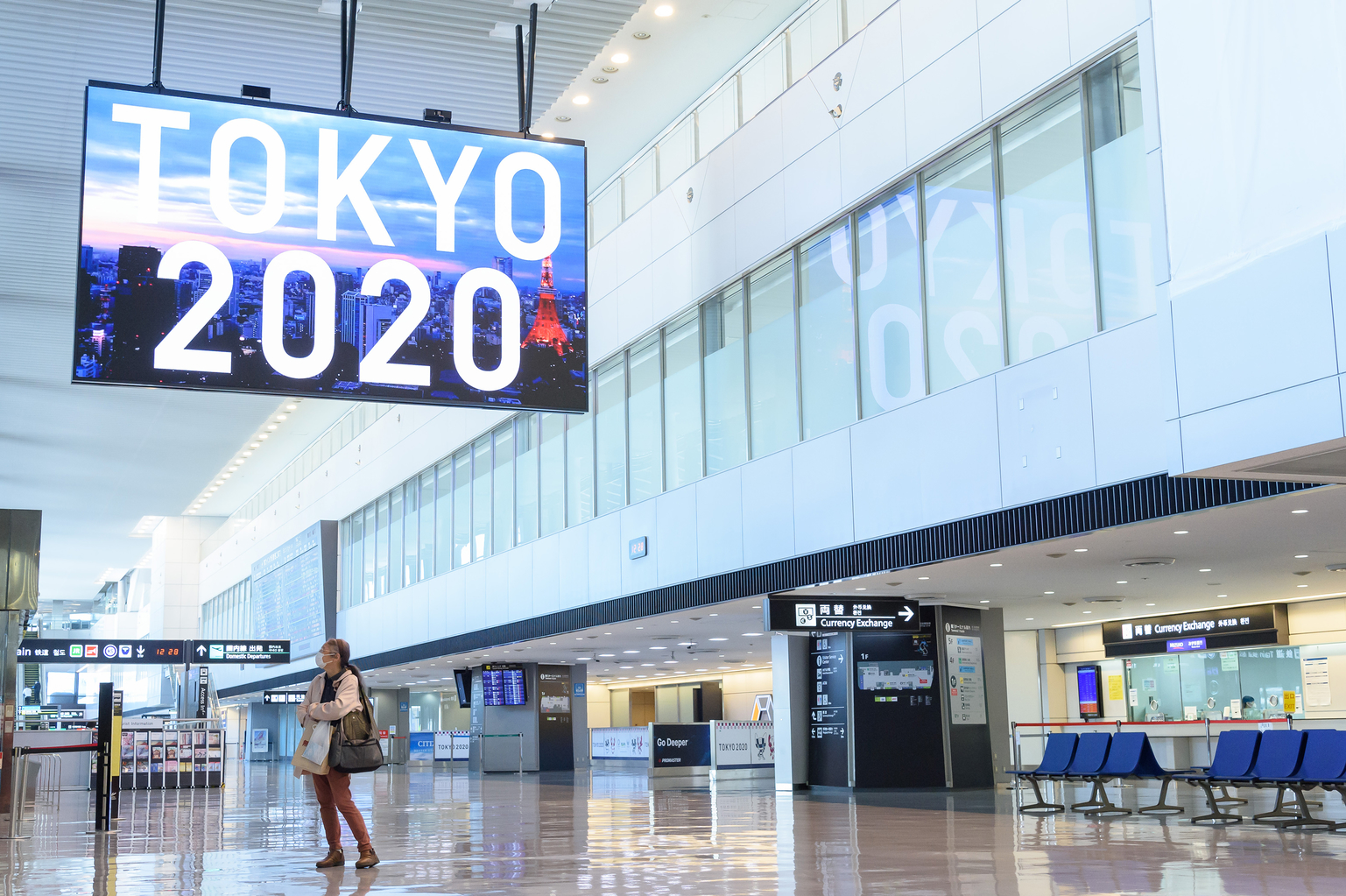
Editorial credit: Kazzure Gonzalez / Shutterstock.com
What We Know So Far
While Japan’s isolationist policy frustrates many and there’s talk of Japan losing its soft power if it continues down this path, that has not happened yet. Japan still topped the list of the most desirable travel destinations in the World Economic Forum’s Travel and Tourism Development Index 2021.
This year, there has been a move to a cautious reopening. Japan started allowing in business travelers and students. As for tourists, Japan began to experiment with a few trial tours with handpicked foreigners from abroad. They were mostly travel industry professionals testing out a way for a slow reintroduction of inbound travel to Japan.
Many deemed it just PR theater and not a viable option moving forward. Netizens drew parallels between these proposed monitored guided tours and those in North Korea. Then, Prime Minister Fumio Kishida announced Japan would be opening its borders to tourists on June 10, 2022. Before people could get too excited, though, it was confirmed that it would only be guided tours.
So, is anyone coming?
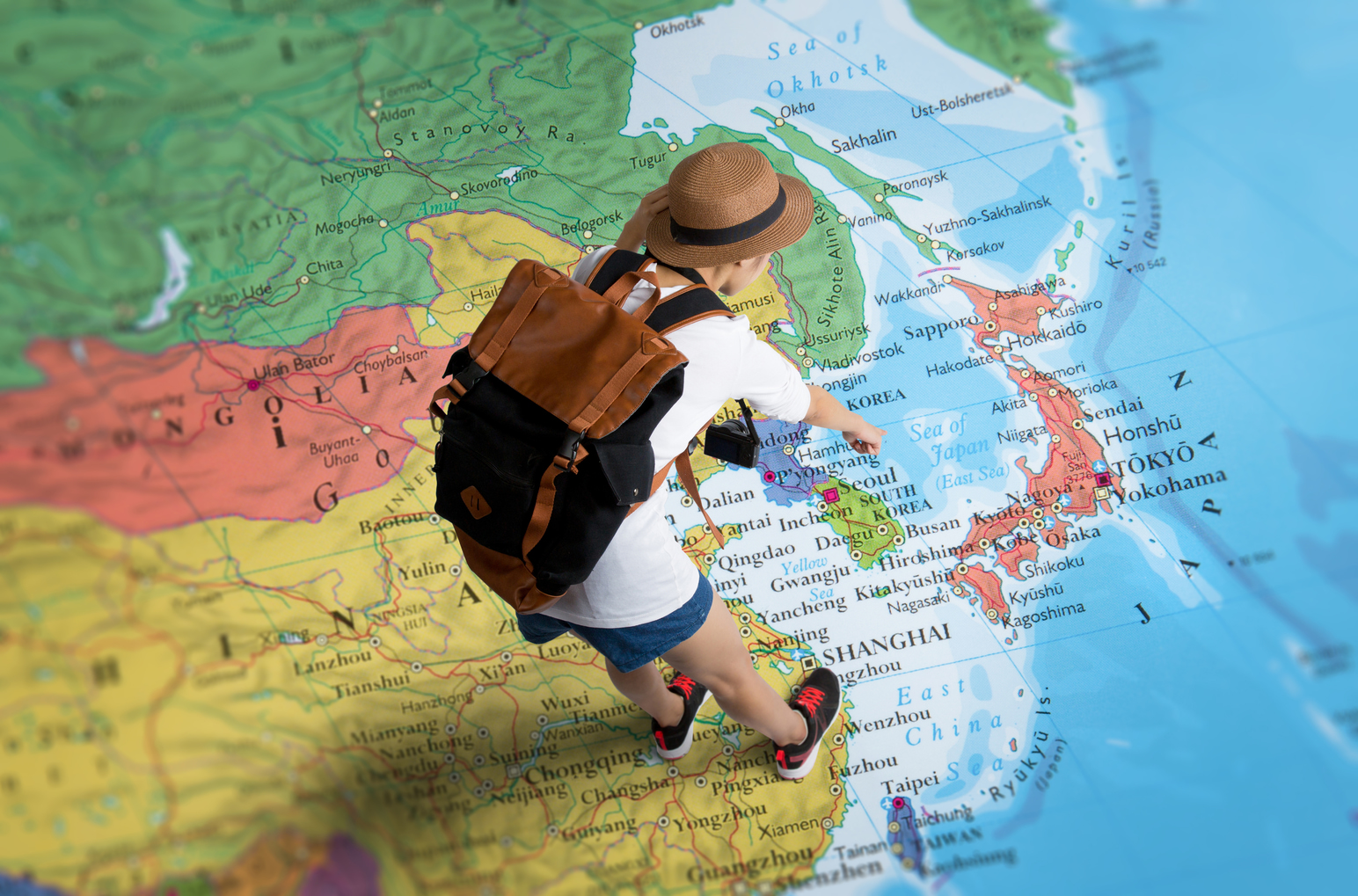
The State of Japan Travel in 2022
Japan initially capped the number of foreign visitors at 10,000 a day which was then increased to 20,000. In June, almost 100,000 foreign visitors entered the country, yet according to the JNTO that included just 252 tourists. NHK reports that from June 10 to late July, only about 1,500 tourists have come into the country.
Tourists are technically allowed back in Japan now, so where are they?
“We have several confirmed bookings and a dozen or so requests we are negotiating. We have a tour group coming in about 10 days,” Derek Yamashita from The Hidden Japan told TW earlier this month. The Tohoku-based travel company is the exclusive partner of Lonely Planet‘s new travel division for Japan.
Owner of luxury travel company Boutique Japan, Andres Zuleta also reported a recent uptick in bookings but they are all for 2023. Alex Litz, director of Expedition Japan, says there’s been an increase in inquiries from travelers after the announcement of the June 10 reopening. Actual bookings for 2022, however, remain low.
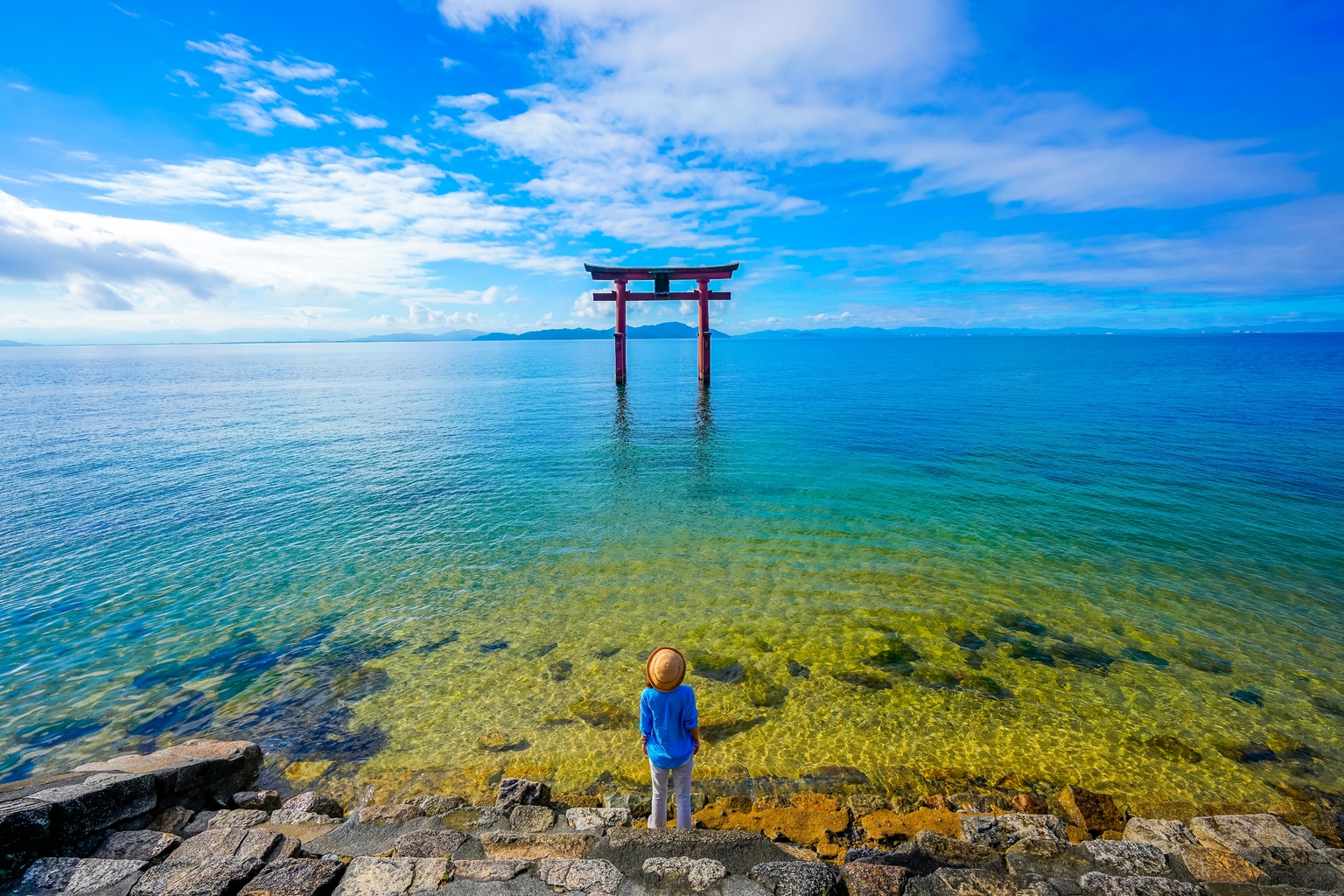
Should We Stay or Should We Go?
There seems to be a general consensus among the Japan travel professionals that after so many flight cancellations and rule changes, would-be-travelers are more cautious.
“Based on the current vagueness of the conditions put forth by the government, we have urged some of our large groups to hold off until at least November or next spring. After getting everything ready and then seeing it fall through, it’s just not worth the risk for either party at the moment in the short term,” Litz explains.
“Japan’s travel policies are so confusing, it’s leading to a lot of unnecessary confusion and disappointment,” Zuleta adds. But he is still hopeful and believes that even this little progress is better than nothing.
Many of the travel professionals TW talked to also remarked on the inconvenience of the guided group tours. Foreign travelers generally tend to prioritize individual experiences and freedom. A guided tour is simply not worth it to them. And many travel businesses say the feeling is mutual.
“Demand for Japan is strong. But the need for a private guide each day makes it unviable for most small groups to afford to come to Japan. Overall, it’s lots of stress and confusion and I’m not even sure if it’s 100 percent worth all of the extra work with these tours at the moment,” says Yamashita.
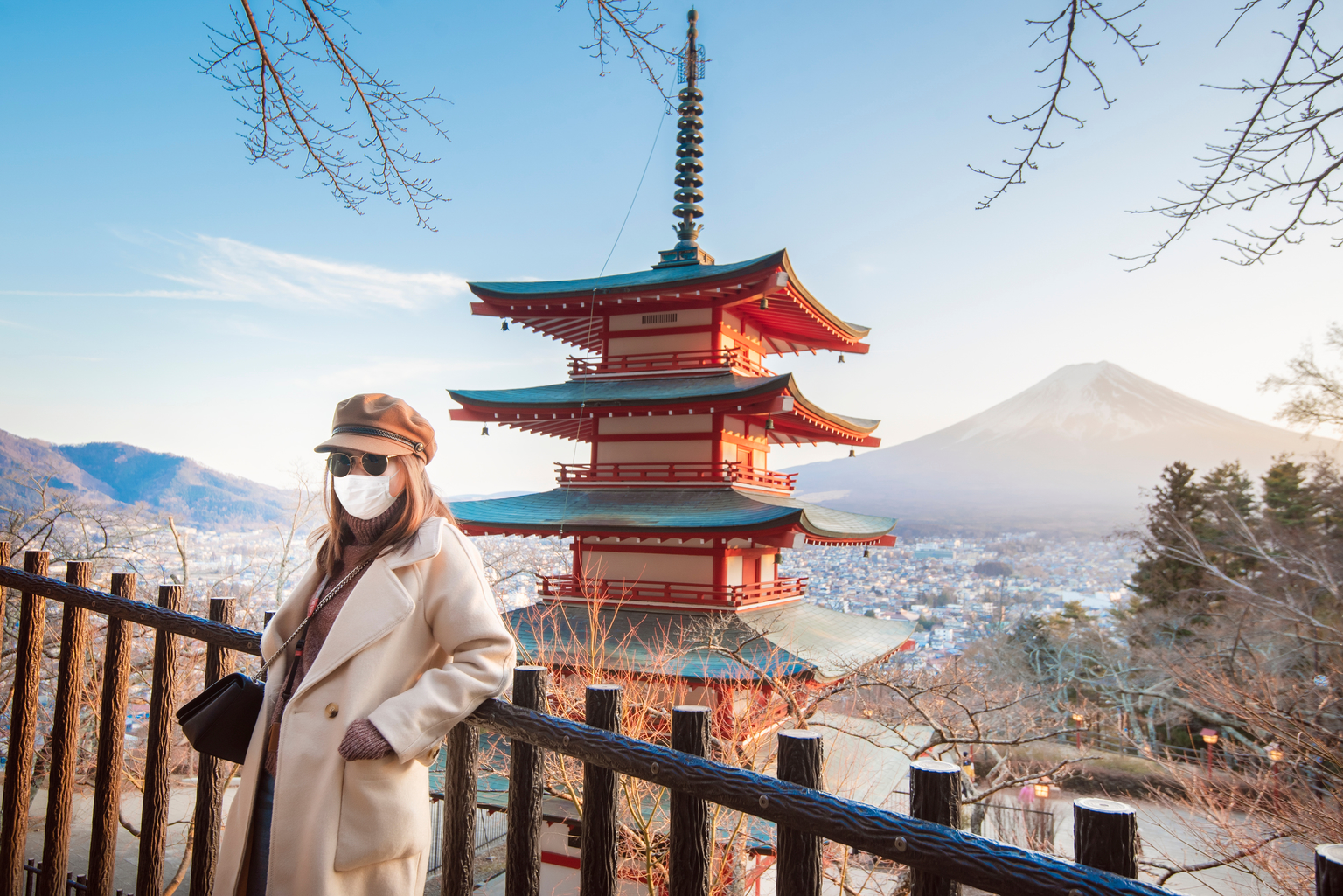
Not Thriving, But Surviving
Tourists have a whole host of other countries to travel to, but Japan-based businesses specializing in inbound travel have been uniquely trapped. Trying to make the best of a bad situation, many have started dabbling in domestic tourism.
“We’ve gotten a bunch of domestic requests recently which has been nice and I’m glad that people are feeling confident to travel domestically. Usually, we get people from Tokyo wanting to spend some time out of the city,” Litz explains.
Mac Salman, owner of private tour company Maction Planet, has gotten new bookings from non-resident business travelers in Japan. Elizabeth Anne Kyle, CEO of Arigato Travel, also reports business travelers as well as locals booking the company’s popular food tours.
However, most businesses cannot survive on a few bookings alone. So, many have adapted, changed and pivoted to new ventures in the meantime. Arigato Travel, for instance, has used its knowledgeable personable guides to go into corporate team-building activities and organizing events.
Salman has dived deep into YouTube and the world of Japanese alcohol craftsmanship with his Kanpai Planet channel. Probably the bravest example is tourist accommodation provider My Tokyo Stays. It has completely frozen its activities in the industry and created two new companies: one for moving services and one for PCR testing.
The wait for foreign tourists to come to Japan has been long. And it’s not over yet.

